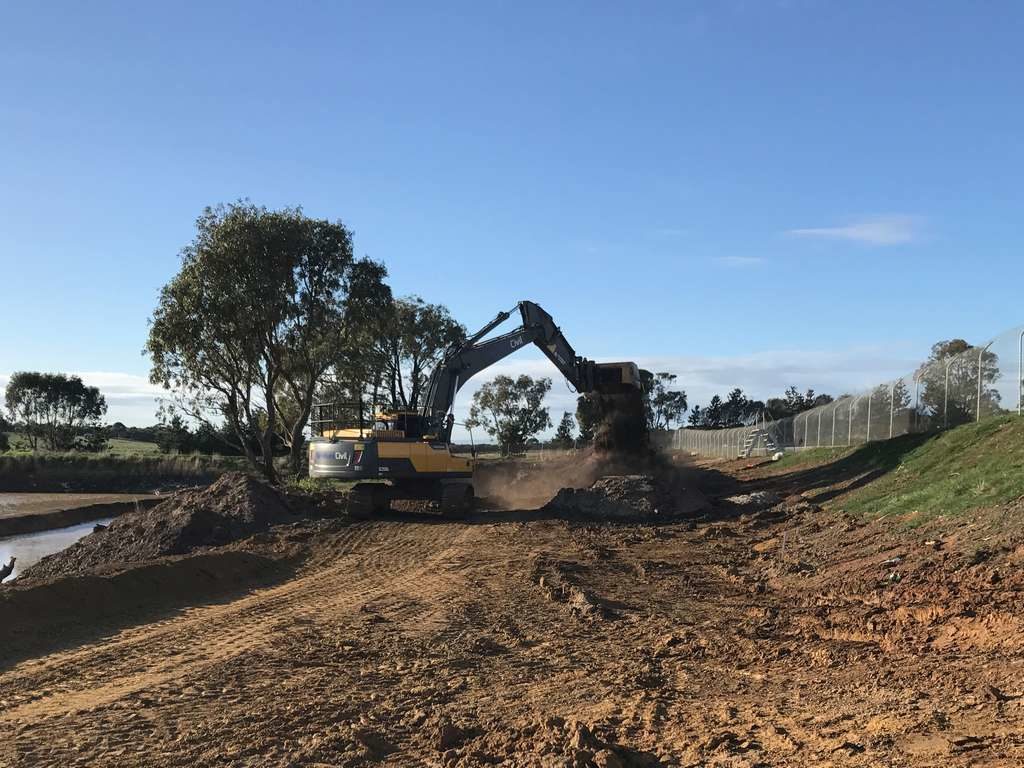 The history of stormwater regulation goes all the way back to 1972 with the motion of the Clean Water Act (CWA) by the EPA. The laws were first passed to create some authority over the amount of pollution going into waterways from industrial stormwater runoff. The EPA has given the Texas Commission on Environmental Quality (TCEQ) the power to regulate stormwater permits in Texas.
The history of stormwater regulation goes all the way back to 1972 with the motion of the Clean Water Act (CWA) by the EPA. The laws were first passed to create some authority over the amount of pollution going into waterways from industrial stormwater runoff. The EPA has given the Texas Commission on Environmental Quality (TCEQ) the power to regulate stormwater permits in Texas.
The TXR050000 Multi-Sector General Permit (Industry Specific) is the permit most commonly utilized. This general permit provides authorization for point source discharges of stormwater associated with industrial activity and certain non-stormwater discharges to surface water in the state (including direct discharges to surface water in the state and discharges to municipal separate storm sewer systems, or MS4s). The permit contains effluent limitations and requirements applicable to all industrial activities that are eligible for coverage under this general permit. Industrial activities are subdivided into 30 industrial sectors. This permit does not cover return flows from irrigated agriculture or agricultural runoff.
There’s also the TXR150000 Construction Stormwater permit, permits contain all the details on what your facility is required to do to stay in compliance. Stormwater discharges from construction sites is regulated according to the area to be disturbed during construction. The regulations apply for sites less than 1 acre, between 1 acre and 5 acres, and greater than 5 acres. The steps include, but are not limited to: preparation of a Construction Stormwater Pollution Prevention Plan (CSWPPP), submission of Notice of Intent (NOI), Notice of Change, and Notice of termination (NOT) implementation of stormwater sediment and erosion controls, and posting of the CSWPPP at the jobsite.
Your SWPPP will become your manual for stormwater compliance at your facility. The SWPPP is intended to be a living document that changes as your facility changes. The inspections, walkthroughs, and sample results should be reflective of what is happening at the site. Many times, sections of the SWPPP, such as BMPs, will be updated based on these results.
Environmental Tips
Be sure to complete all requirements of your SWPPP or CSWPPP, maintain and update the plans, and this will help you to remain in compliance with Federal and State laws.
